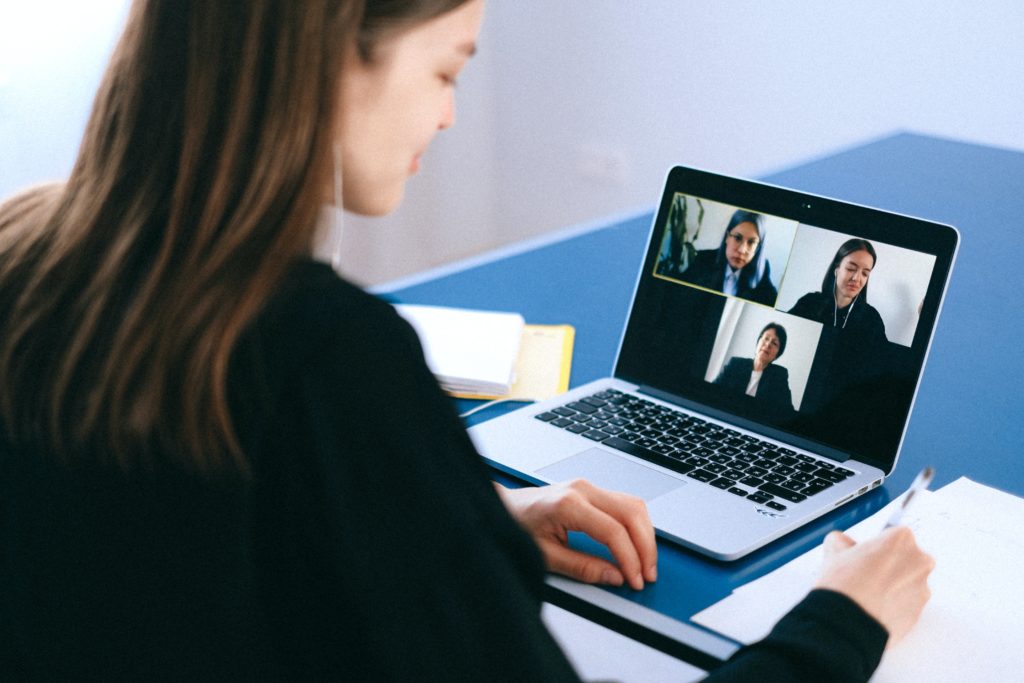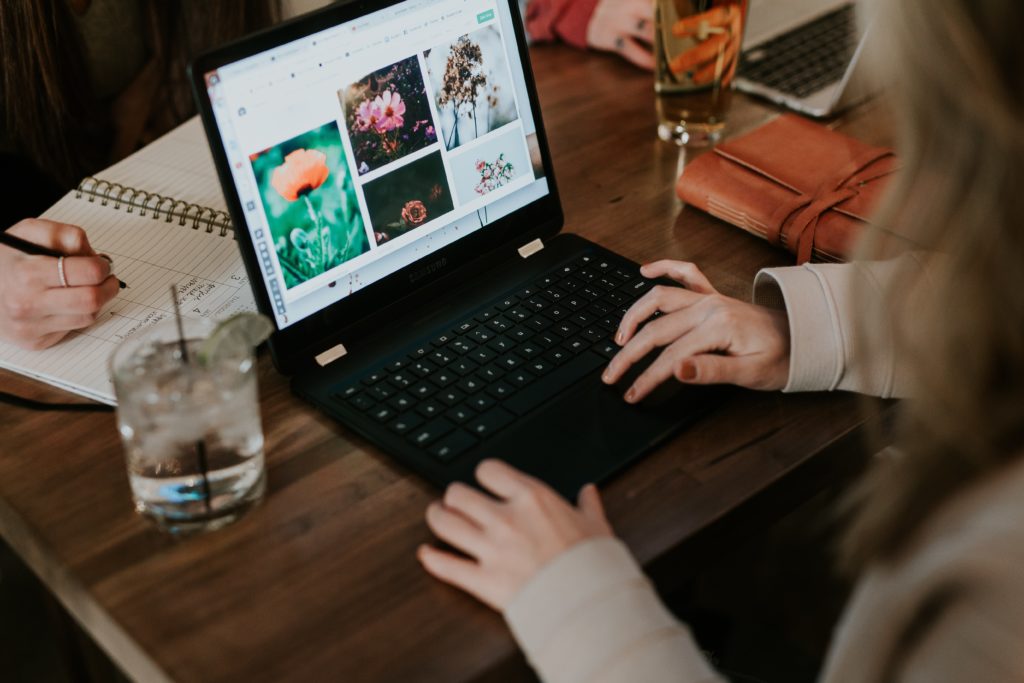
By Liz
Even before the pandemic, I’ve always valued the odd splurge of home working. Away from the noise and distractions of the office, I’d spread paper out for miles, pace up and down, think out loud and properly get into the flow.
Particularly for chunky strategic projects, I found an intense, home-working sesh to be highly productive… kind of like an agile sprint for one. And back in the days when I was an employee in brand and design agencies, frequent home working was a necessity – because designers work with music on, and strategists and writers (or at least this one) need quiet time to think.
Now, of course, everyone with a desk job has been working from home for the past 12 months. And it turns out that I’m not the only one who likes it. A report out from the CIPD and Microsoft Surface says home working generally makes people happier (with fewer hours spent commuting, wearing high heels or trying to book scarce meeting rooms).
I understand that I don’t have kids and I haven’t had to fit home schooling in around home working – and that if you have, you may be longing for a return to office-based working. Also, I’m lucky enough to have a separate home office – which is a much nicer experience than sleeping in your bedroom for seven or eight hours, having a shower and going back to a desk in your bedroom for another eight hours.
But it looks like many organisations aren’t planning a mass return any time soon – if ever.
The report says hybrid working is here to stay. And we certainly know of large corporations that have decided the 9-5 working day will never return – and who have been converting traditional office spaces into areas they compare to “airport business lounges”.
These spaces contain meeting areas, refreshments, smart boards, flexible spaces – and of course, Covid safety measures. They’re used when it’s important for teams or project groups to get together – and then everyone goes home to do the work.
The CIPD/Microsoft report says home working is more productive. But it also highlights some of the known issues with home working – and the things that are likely to be problematic as home working or blended working becomes the norm.

The intense, deep-thinking work that being at home can be brilliant for can be a bit much when you do it relentlessly. So there has to be a conscious effort to build in breaks and vary the pace and types of work you’re doing.
And when you’re in an office, you have to move more – even if it’s only to walk from the car park, or to go and get a coffee. At home, the distances are smaller. And if I’m honest, there have been days during lockdown where, if I’d been wearing a pedometer, I might not have got up to 100 steps in one day. As a result, I’ve seized up – and I now have to consciously schedule in time to go for a walk at least once a day.
We’re also missing the “water cooler moments” that being around people exposes us to every day.
Check out this post on reintroducing random conversations and encounters when you’re WFH.
The report also raises questions about career development for people working remotely. How will it work? Will people miss out? And how do you foster team spirit if teams have never met? Some organisations are already appointing Heads of Remote Working to look into – and find answers to – these challenges.
As we begin to emerge from lockdowns, a lot of us are going to find that the world of work is going to be different. Technology will help – in providing connectivity, forums for collaboration and ever-more interesting and relevant alternatives to face-to-face training and coaching.
But we’re all going to have to create a way of embracing hybrid working for the long-haul – so that we stay healthy, connected to one another and able to work together effectively.
